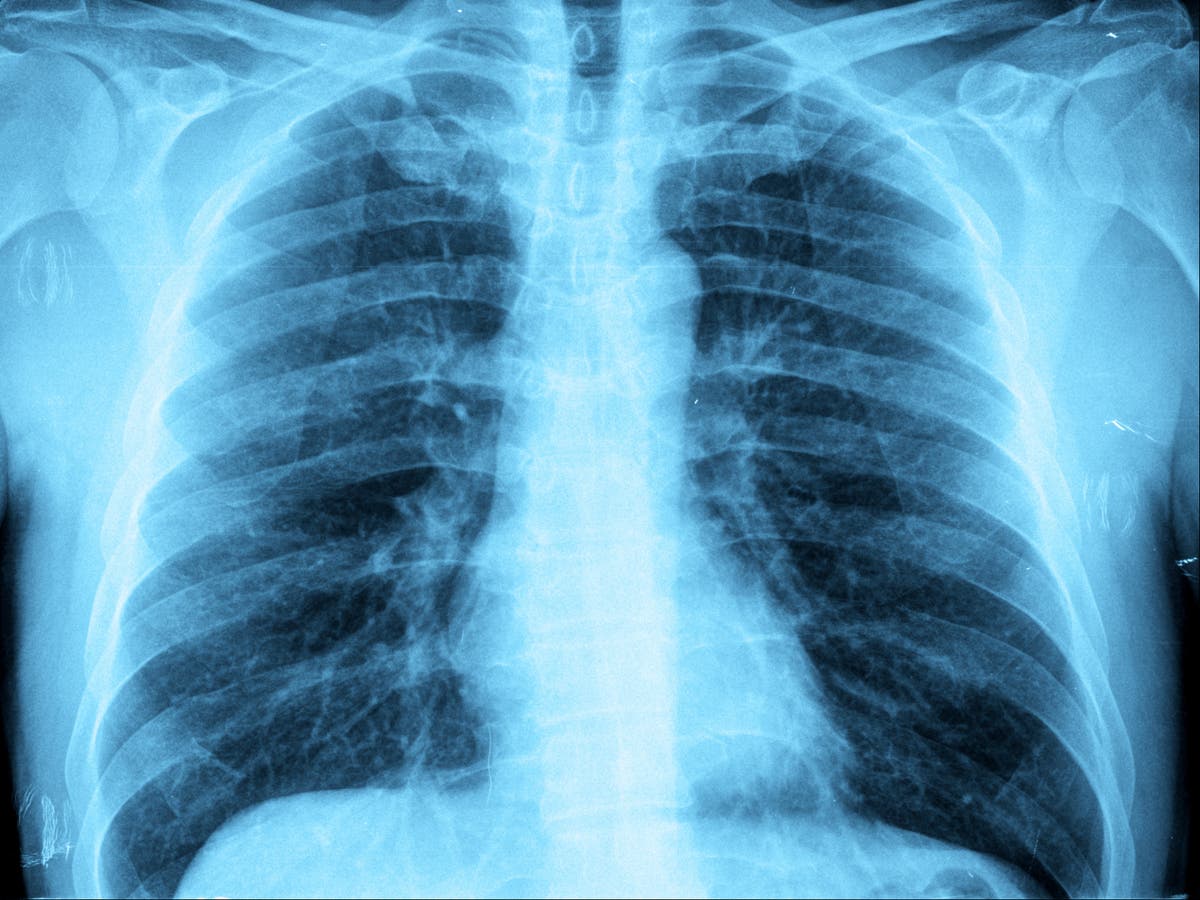Children in an area of Ohio are being affected by a surge of paediatric pneumonia cases, with some experiencing mycoplasma pneumonia, a similar illness that has shown up in outbreaks in Denmark and China.
The Warren County Health District in Ohio reported a statement on Wednesday, revealing an increase in pneumonia cases – with 145 reported cases in children aged three to 14 since August.
An initial news release from the health district on Tuesday confirmed that the spreading illness was considered an “outbreak” due to the higher-than-usual case volumes.
The main types of pathogens detected so far were streptococcus pneumoniae, adenovirus, and mycoplasma pneumoniae – the latter currently circulating in China and Denmark.
The average age of individuals affected by the illness is eight years old, and cases have been reported across multiple Ohio school districts. However, common patterns between the diagnosed children are currently unknown.
The health district emphasized that the illnesses are not uncommon and that no deaths have been linked to the outbreak.
According to the district, the pneumonia cases are not attributed to a new or novel respiratory virus, but rather a significant increase in typical pediatric pneumonia cases.
While there has been a noticeable rise in pneumonia cases among Ohio children this year, the health district pointed out that it is not unusual for respiratory illnesses to spread during colder months.
Similar cases have been observed in China, with respiratory illnesses such as influenza, rhinoviruses, and mycoplasma pneumonia circulating in communities.
Children’s hospitals in China have reported being overwhelmed by respiratory illnesses, with one Beijing hospital informing state media CCTV that they were admitting at least 7,000 patients daily.
The Chinese Health Ministry maintains that the respiratory illnesses are not new and are well-known.
Maria Van Kerkhove, the acting director of WHO’s Department of Epidemic and Pandemic Preparedness and Prevention, suggested that the surge in cases among Chinese children might be related to the lifting of Covid-19 restrictions, which allowed children to come into contact with pathogens. This pattern has been observed in various countries after pandemic restrictions were lifted.
Mycoplasma pneumonia cases are also on the rise in Denmark, reaching epidemic levels and recording 541 new cases by the end of last week, according to a Danish Ministry of Health research group.
Nevertheless, the Warren County Health District emphasized that there is currently no evidence linking the Ohio outbreak to other surges, whether locally, nationally, or worldwide.
“Having 140 cases in one county is a bit more than we would normally expect,” Dr. Robert Frenck, a pediatrician in the Division of Infectious Diseases at Cincinnati Children’s Hospital, mentioned to Fox News. “But it’s not unusual to get outbreaks of virus, as we well know from the pandemic a couple of years ago.”
What is mycoplasma pneumonia?
Mycoplasma pneumonia is a bacteria that can cause mild infections by damaging the lining of the respiratory system. Around two million cases are recorded in the US each year, with surges of the illness peaking every three to seven years.
Experts explained that the reason some countries might experience a high number of cases is simply because they were due for a peak in infections.
Symptoms can appear one to four weeks after infection and usually last longer than typical pneumonia. The bacteria is spread through coughs and sneezes and is usually transmitted among people who spend a lot of time together, such as in households, schools, residence halls, and military or care facilities and hospitals.
In Ohio, most children have been experiencing symptoms such as cough, fever, and fatigue. The infection can develop into pneumonia, where shortness of breath may occur.
In most cases, people can recover at home and are treated with antibiotics. Doctors will typically prescribe antibiotics if someone develops pneumonia due to the bacterial infection.
Serious pneumonia, asthma attacks, swelling of the brain, hemolytic anemia, kidney problems, and skin disorders can also be caused or worsened by the infection in severe cases and may require hospital attention. Those recovering from a respiratory illness or with a weakened immune system are more at risk.
There is currently no vaccine available, but the Ohio health district and the CDC recommend covering your mouth when you cough or sneeze and washing hands regularly to avoid the spread of the bacteria.



